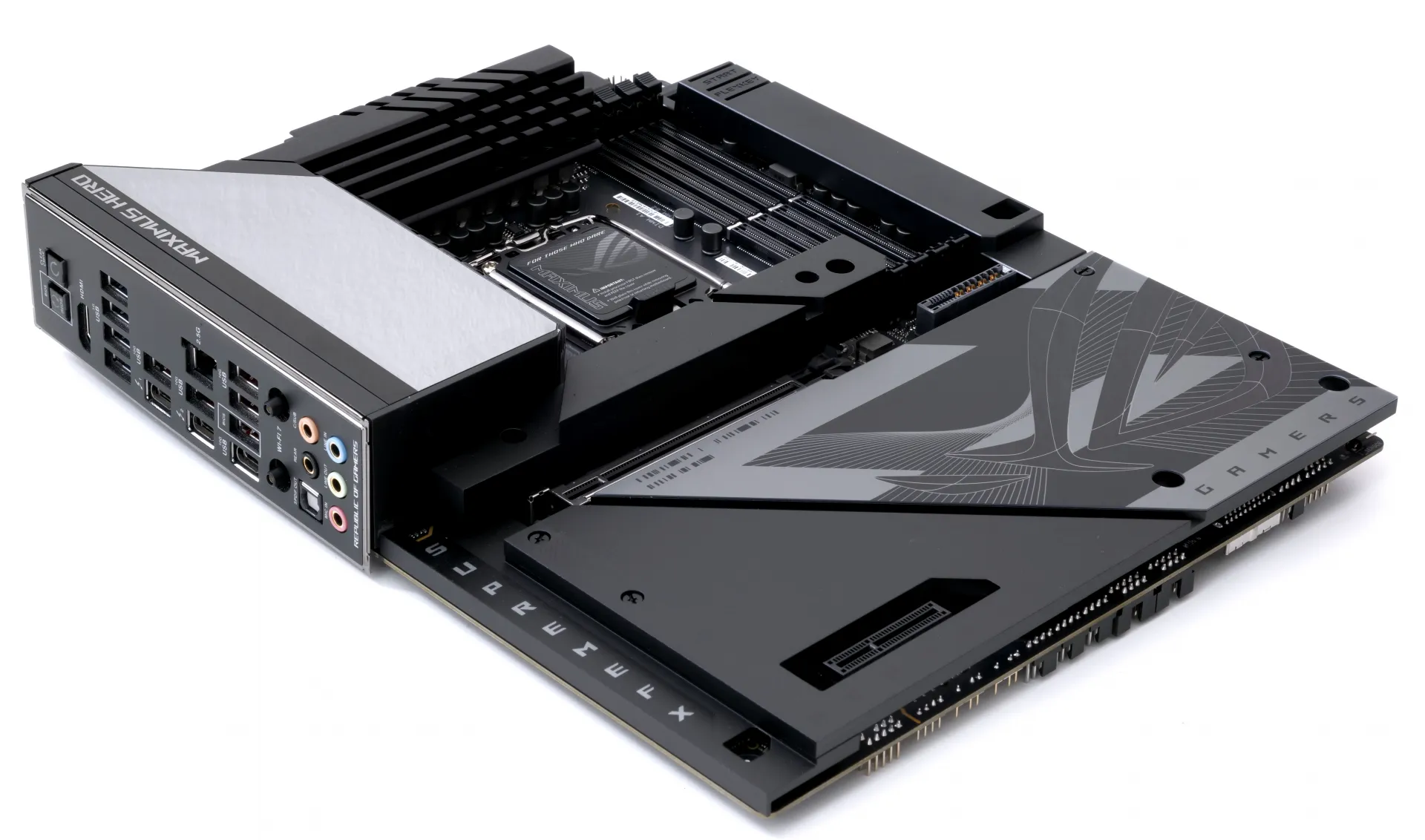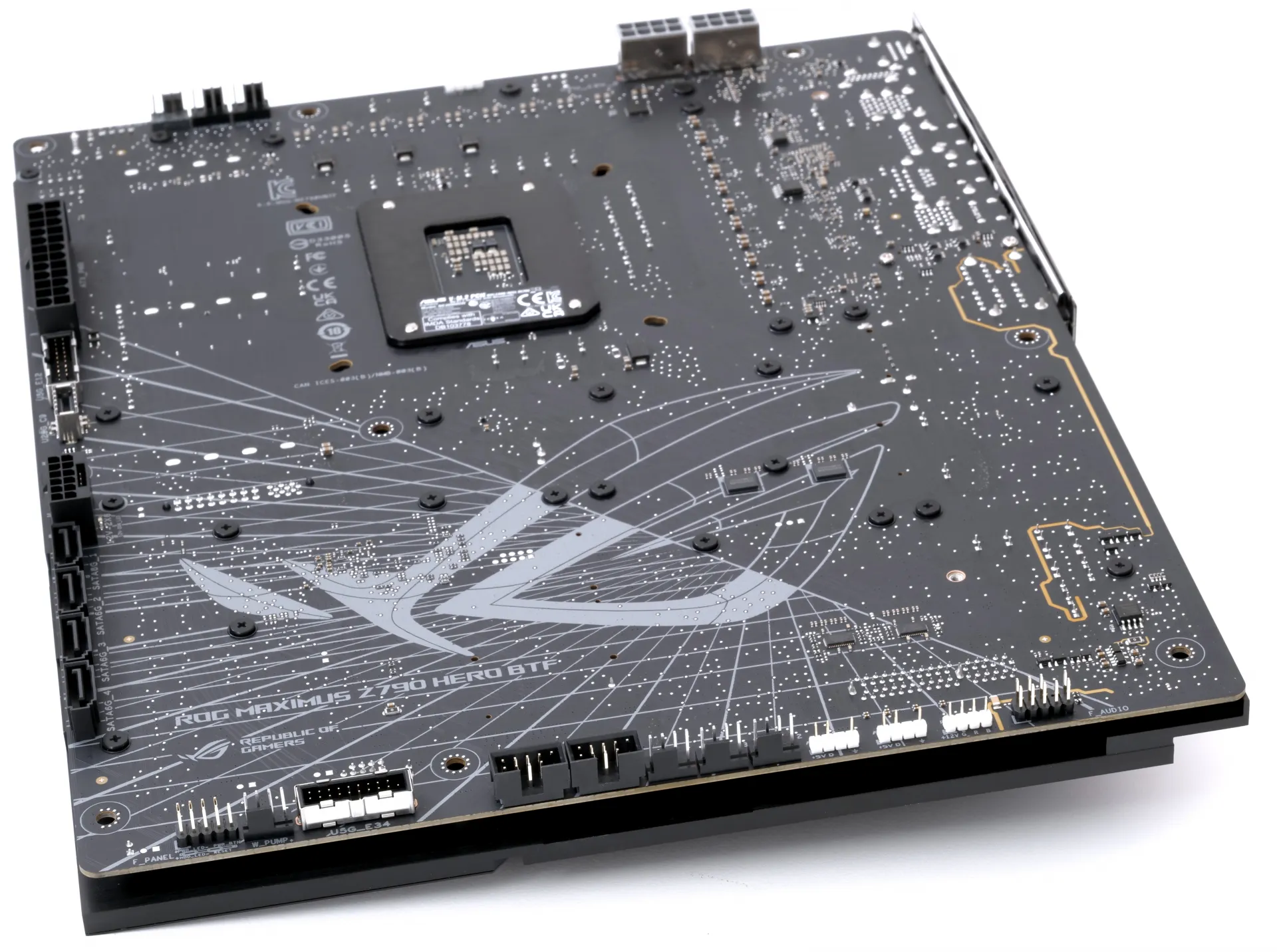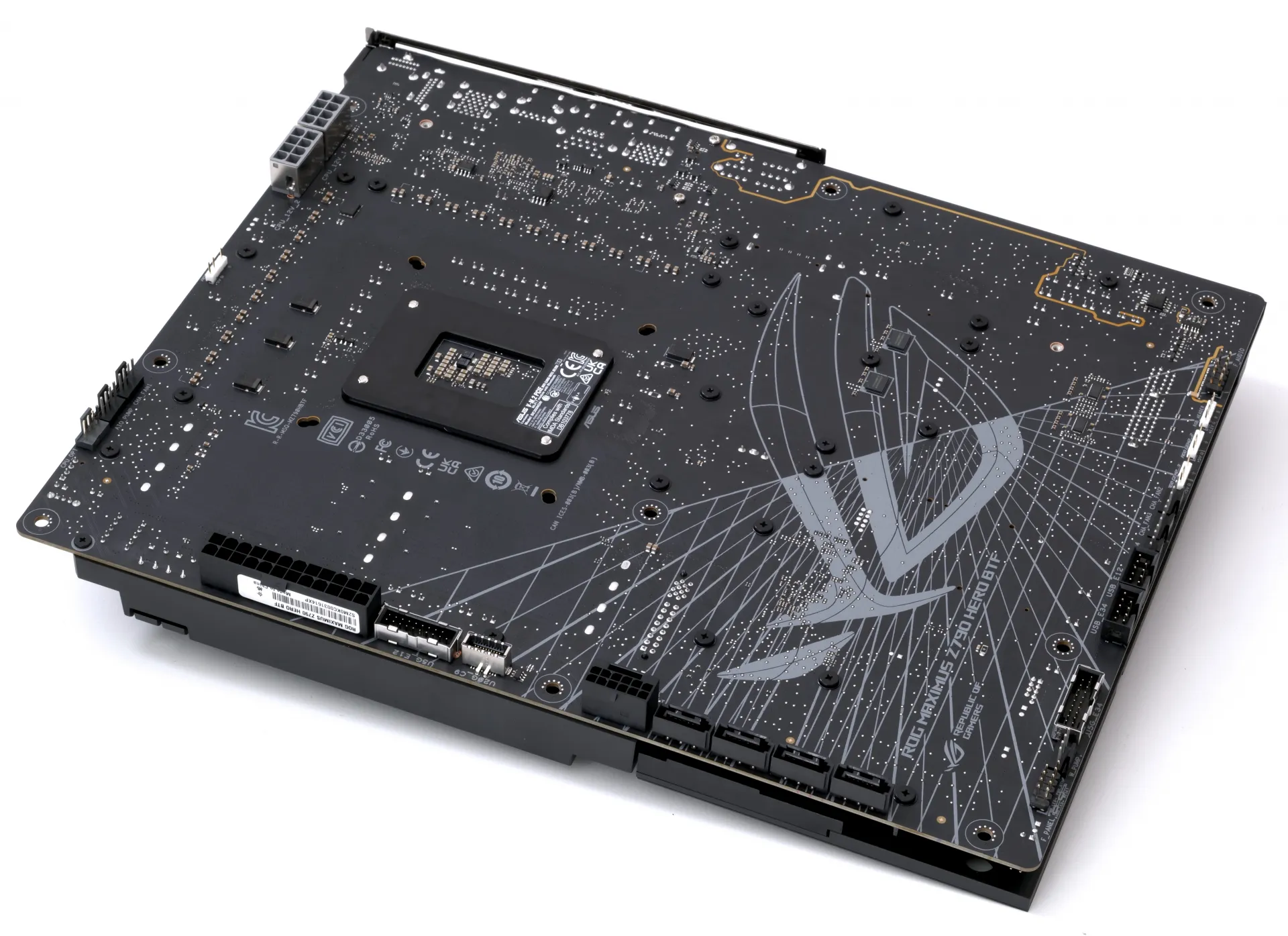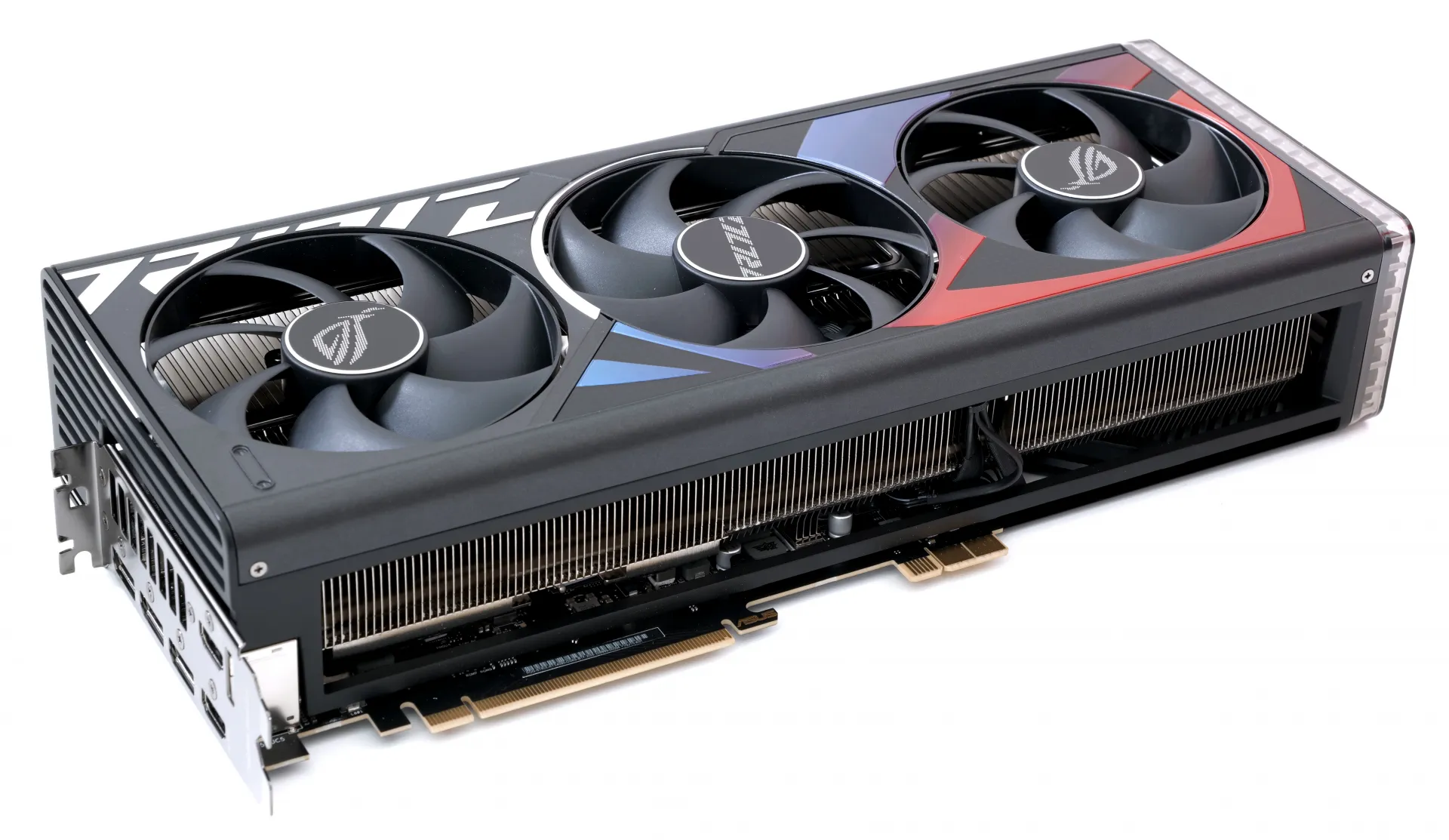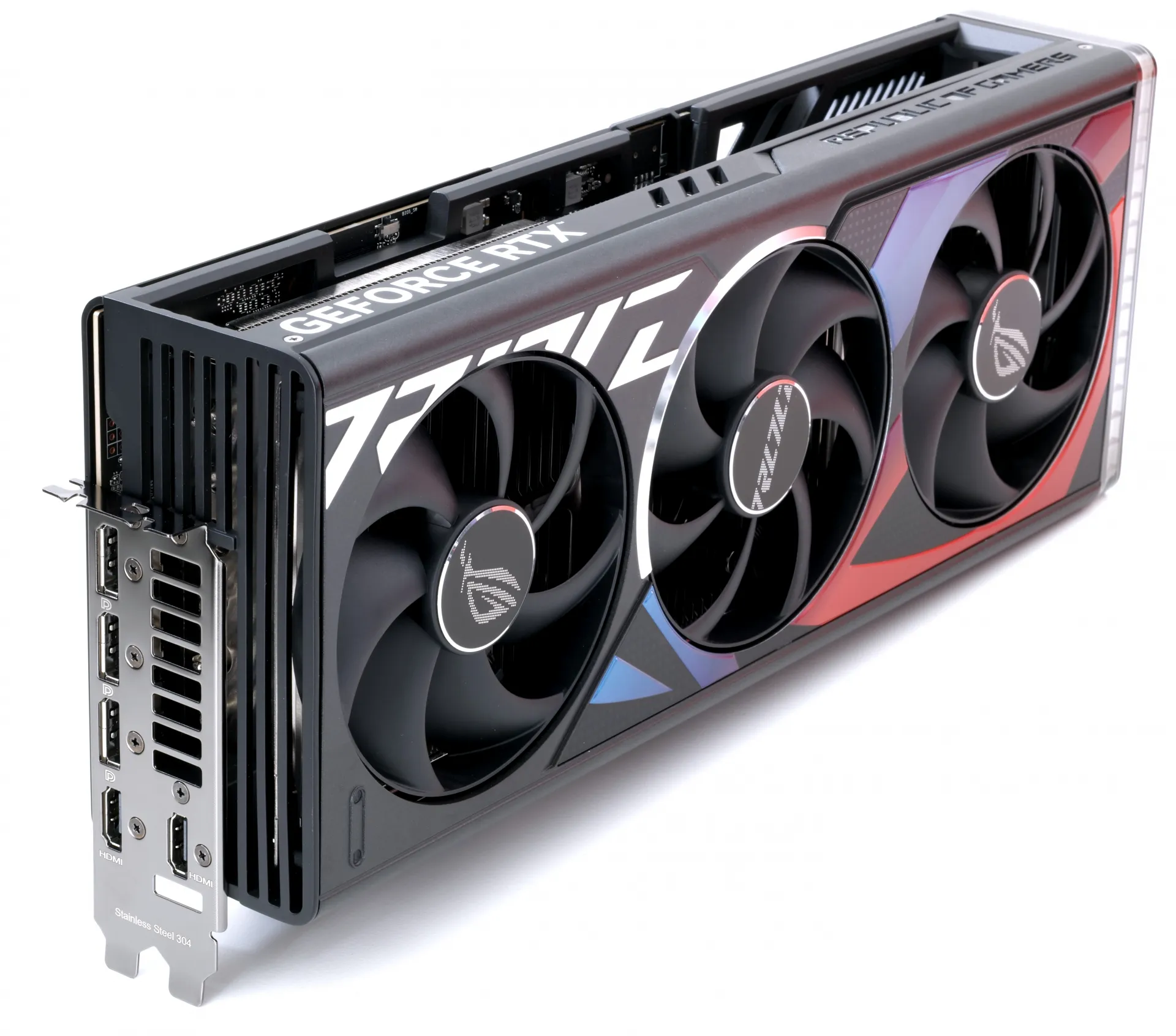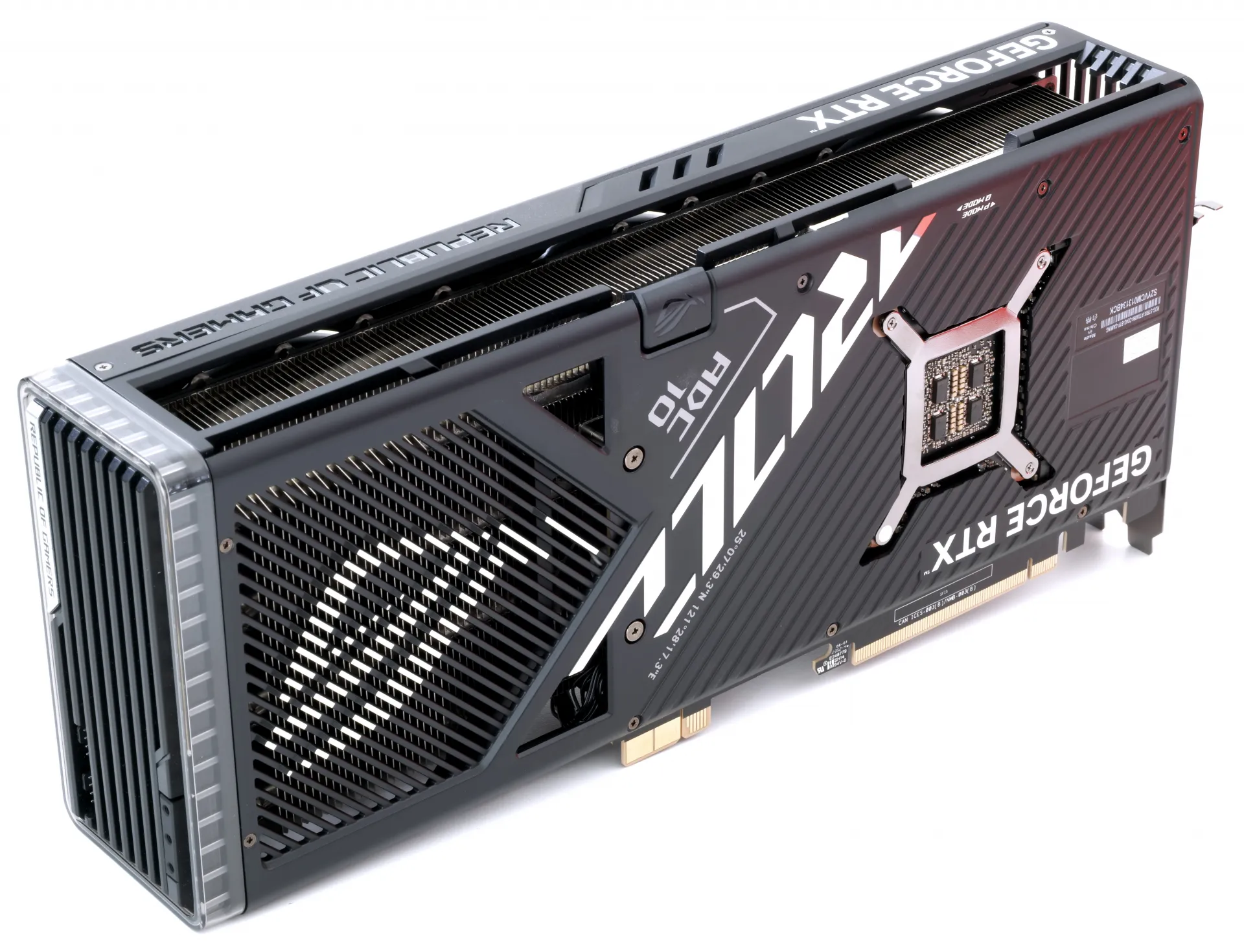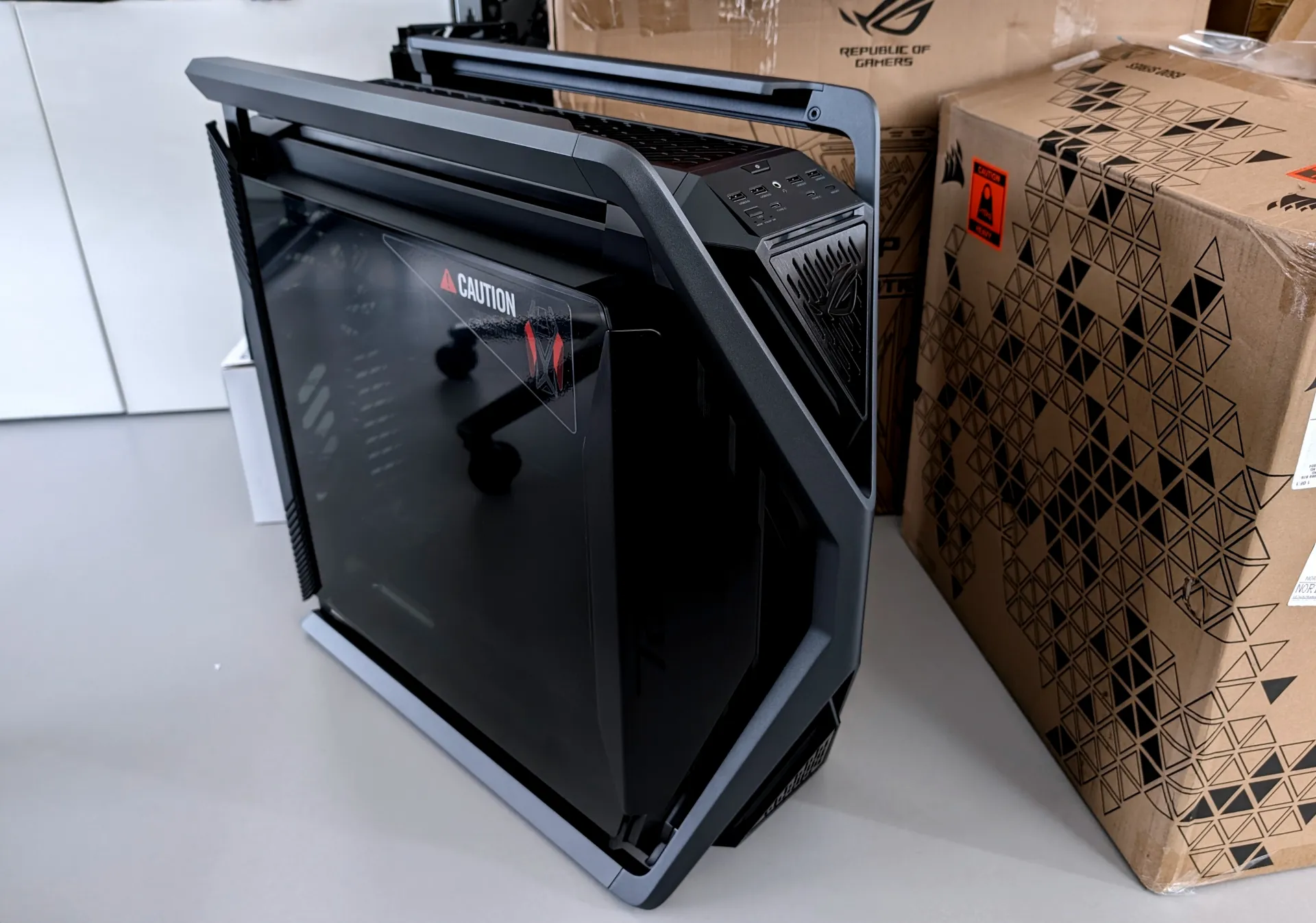Why is Back to the Future so popular?
Maximus Z790 Hero BTF
Let's dive into the details of the ASUS ROG Maximus Z790 Hero motherboard and see how it stacks up, especially when used in a setup that includes the mighty Maximus Z790 Hero and the powerhouse GeForce RTX 4090 graphics card. The Z790-BTF WiFi motherboard is dressed in a sleek black.
Both the BTF version and the standard Maximus Z790 Hero come with some impressive features that are crucial for gaming and high-performance computing. The design of the motherboard in question eliminates the need for cables to be connected to its front side, dedicating this area solely to component integration. It accommodates four DDR5 standard RAM slots and provides M.2 PCI-e 4.0 slots for storage, each equipped with its own heatsink for thermal management. The motherboard supports the latest PCI-Express 5.0 interface for graphics cards, ensuring compatibility with the most advanced GPUs. Additionally, it offers PCI-Express 4.0 expansion slots, including one full-sized slot and one truncated slot, for other peripherals. This design philosophy, adhering to the BTF (Behind The Front) standard, aims to enhance the aesthetic appeal and functionality of the motherboard by keeping cable connections out of sight, thus promoting a cleaner and more organized setup.
When it comes to connecting all your devices, both motherboards have got you covered with a wide range of ports and connections. This means you can hook up all sorts of peripherals and get online without a hitch. The rear side of the motherboard is efficiently designed to house critical connectivity and power components. Notably, it includes power sockets designated for the motherboard and the CPU, which simplifies the cable management process by reducing the need to route thick cables to the front. The back also features six Pulse Width Modulation (PWM) connectors for cooling systems, enhancing thermal management capabilities.
For lighting customization, there are connectors compatible with Aura RGB lighting systems. The output options for case panel connectivity are comprehensive, featuring USB 3.2 Gen 2 Type-C port, a USB 3.2 Gen 1 port, and USB 2.0 ports for legacy devices. Additionally, the motherboard supports Thunderbolt connections as per the USB4 specification, ensuring high-speed data transfer and compatibility with advanced peripherals. Storage and expansion needs are addressed with four SATA 3.0 connectors, suitable for traditional hard drives and solid-state drives. The motherboard also includes a COM port for specialized communications and an audio jack for sound output. Furthermore, it accommodates a PCI-e 4.0 M.2 format drive on the rear, allowing for high-speed storage solutions without compromising the motherboard's front aesthetics or functionality.
ROG STRIX Gaming RTX 4090 BTF
ASUS is to release two BTF graphics cards: the GeForce RTX 4090 BTF and the RTX 4070 Ti Super BTF. One of the standout features of these new BTF series video cards is their compact PCIe High-Power connector, which can supply up to 600 watts of power. This means you won't need the usual bulky power cables that are typically required to power high-end video cards, leading to a much tidier setup inside your PC.
ASUS's new motherboards for the BTF series are divided into two categories. What's interesting about these motherboards is that they have moved the usual power connectors, like the 24-pin ATX and 8-pin CPU power, to the back of the motherboard. Traditionally, graphics cards require separate power cables to connect to the power supply unit of a computer, but the BTF connector changes that. It allows the graphics card to directly connect to the motherboard, eliminating the need for those extra cables.
This connector is located near the end of the graphics card's printed circuit board (PCB) and serves a dual purpose. Not only does it provide power, but it also offers additional physical support to the graphics card. This is particularly important for these high-end models, which can be quite heavy and, without proper support, risk bending under their own weight. However, there's a significant consideration for interested buyers. These ASUS graphics cards are designed without the traditional power connectors, meaning they rely entirely on the BTF connection. This design choice implies that these graphics cards will only work with motherboards equipped with BTF technology. It's a forward-thinking approach but comes with a caveat. If the BTF technology doesn't live up to expectations, or if it's not compatible with future systems, users might find themselves in a tight spot. They could be forced to replace not just the graphics card but also their motherboard and possibly even their computer case to ensure everything remains compatible.
In essence, while ASUS's introduction of the BTF connector in its ROG STRIX Gaming RTX 4090 series represents an innovative step forward in simplifying and enhancing the connection between the graphics card and the motherboard, it also introduces a new level of dependency on compatible hardware. This move by ASUS is a bold bet on the future of PC building, aiming to streamline and support the internal architecture of high-performance gaming rigs. Yet, it's a reminder that such advancements often come with the need for careful consideration of their broader ecosystem and compatibility implications.
Chassis
In addition to the video cards and motherboards, ASUS launched two PC cases that complement the BTF series: the Hyperion GR701 BTF and the GT302. These cases belong to the ROG and TUF Gaming series, respectively, and feature unique designs that accommodate the rear-placed power connectors on the BTF motherboards, ensuring that the clean and organized theme is consistent throughout the entire build.

